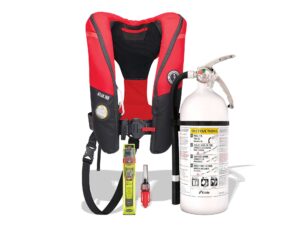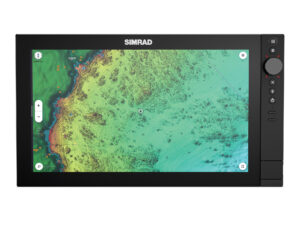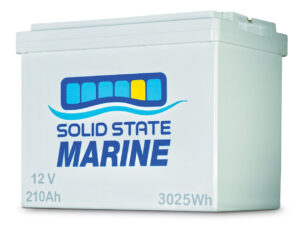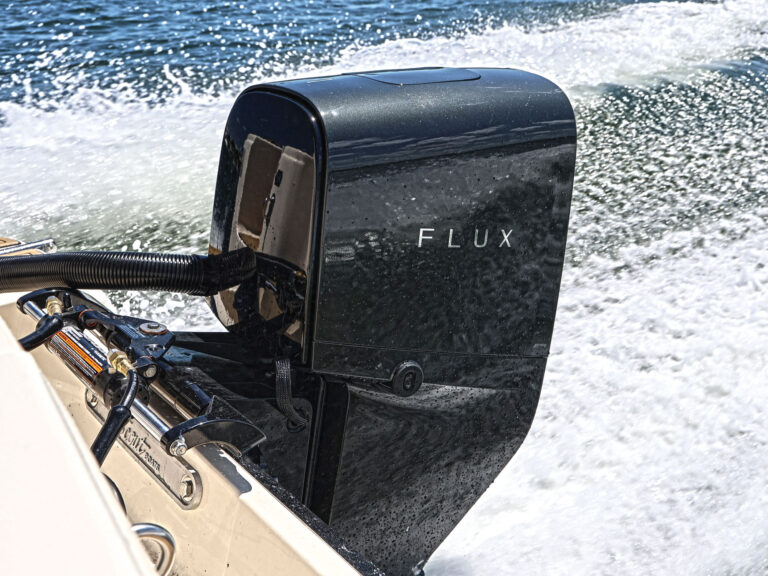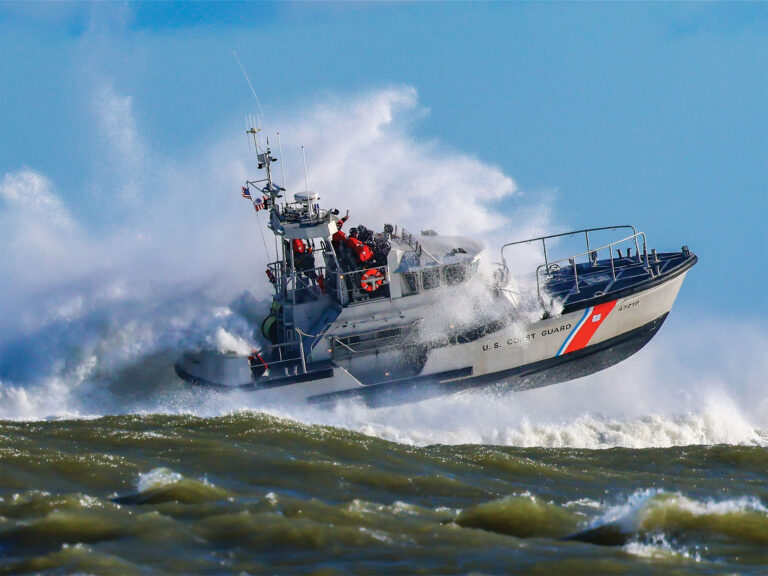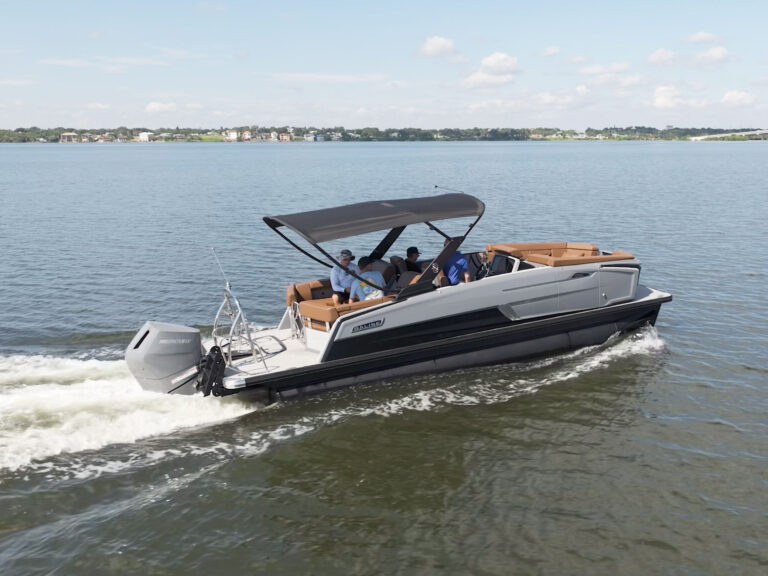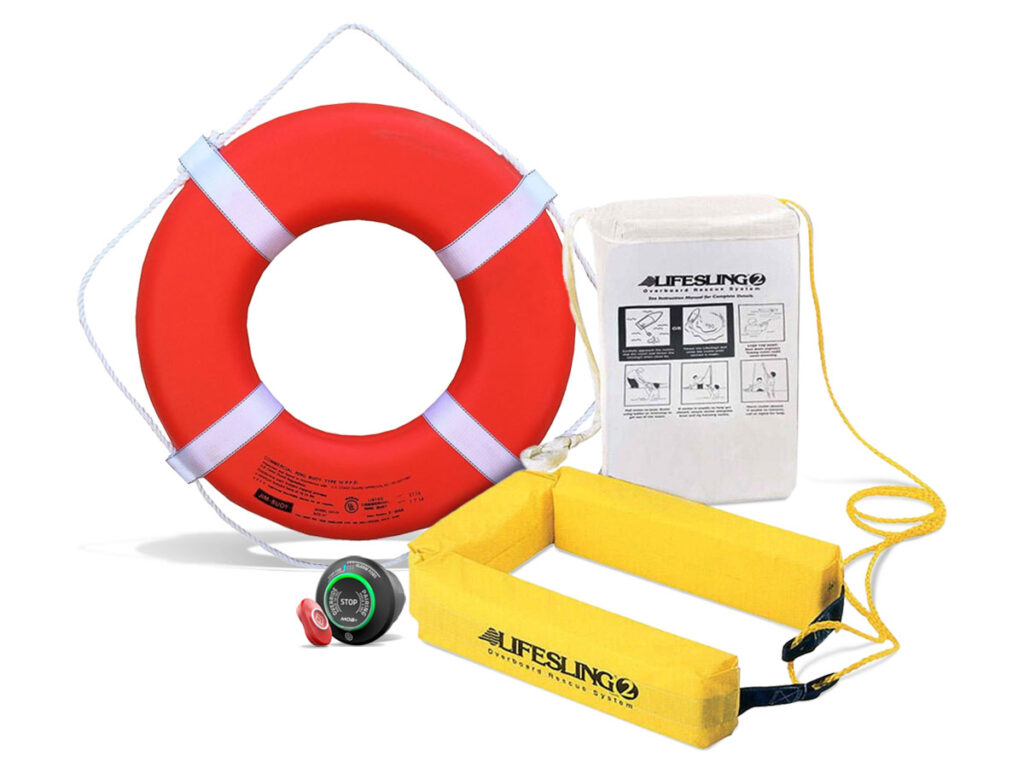
Crew-overboard situations require a clear head, a prerehearsed game plan, and the right gear to keep those in the water safe while waiting to be quickly retrieved. Eliminate one obvious concern by having those aboard wear personal flotation devices (aka life jackets). Prepare for the next action by having one of the following rescue devices aboard to alert and/or assist in retrieval.
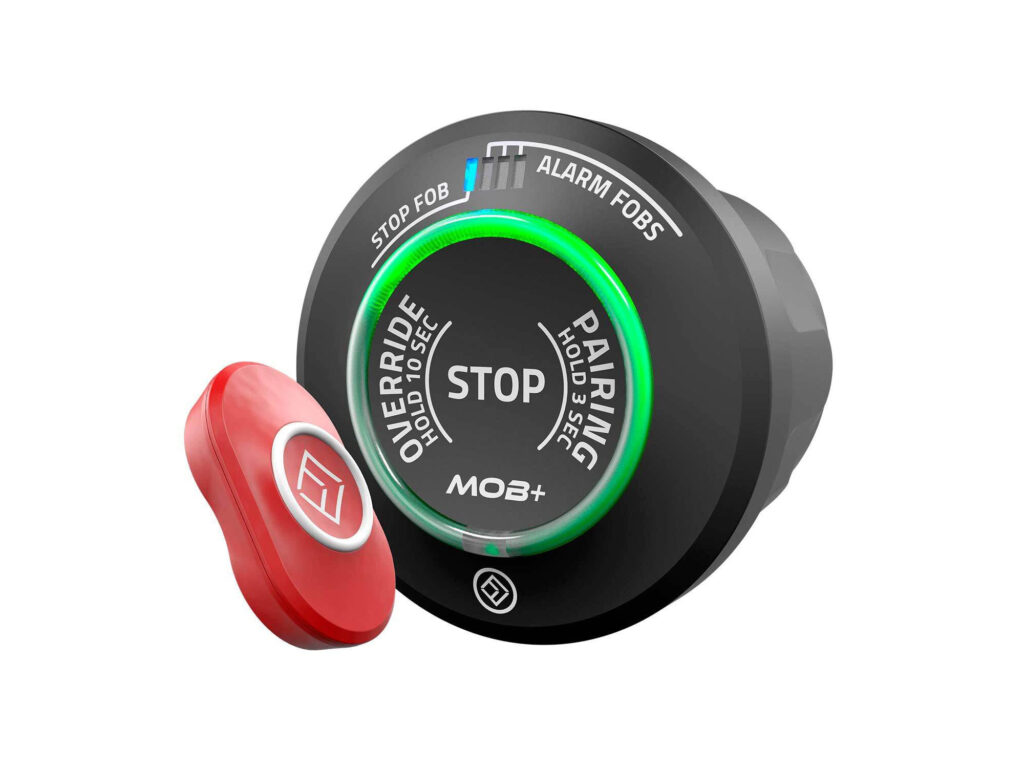
Wireless Alarm
Fell Marine MOB+ Basepack Wireless Engine-Cutoff Switch
The Basics: Offering more freedom of movement than the traditional engine-cutoff-switch lanyard, wireless engine-cutoff systems combine a hardwired hub unit connected to a fob or wristband to stop the engine and trigger an alarm when the primary fob is submerged in 4 inches of water or travels out of range. An override mode allows other crew on board to restart the engine after six seconds.
Extra Credit: Additional fobs can be worn by crewmembers to alert the captain in the event if someone—or something—goes overboard.
Price: $220; additional bands $22; westmarine.com
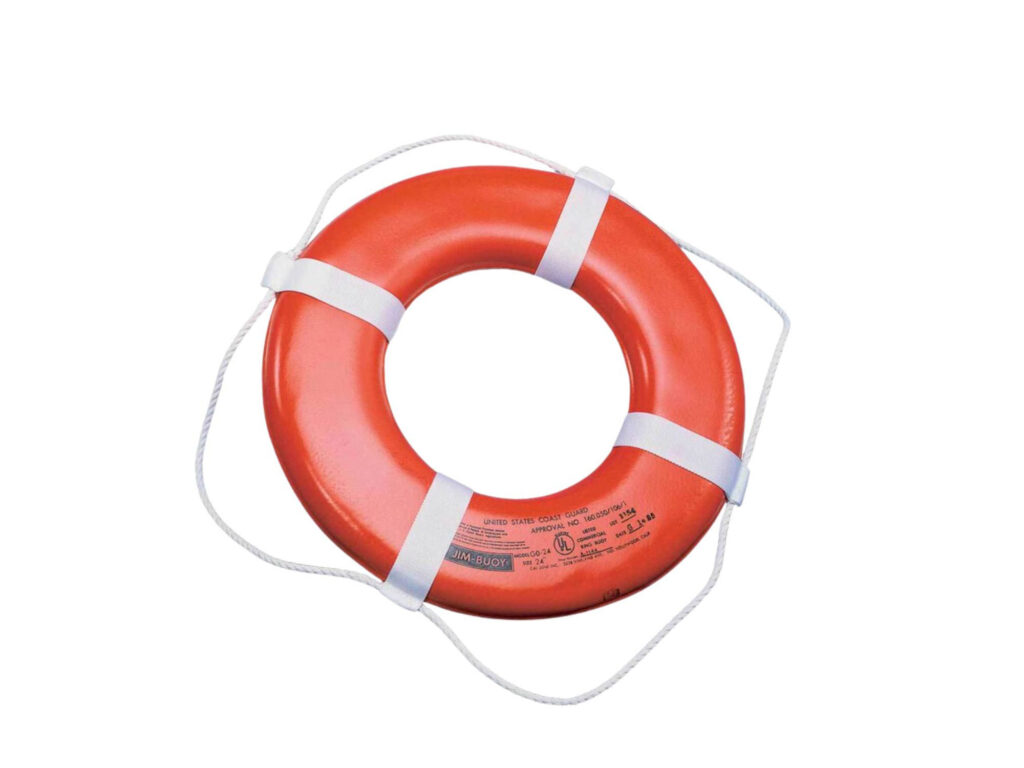
Throwable
Jim-Buoy Type IV Ring Buoy
The Basics: The most basic, most essential piece of crew-overboard gear is a simple throwable. Coast Guard regs stipulate that all boats over 16 feet carry a Type IV throwable device, but be wary of the classic seat-cushion type that offers minimal flotation for someone struggling in the water. Opt for a brightly colored ring or horseshoe buoy that offers greater buoyancy and can be mounted within easy reach on a rail or bulkhead.
Extra Credit: Don’t forget to attach a retrieval line to quickly haul in an errant throw, as well as to reel in your crewmember once they’ve reached the throwable.
Price: $90; westmarine.com
Read Next: How to Get a Man Overboard Back Aboard
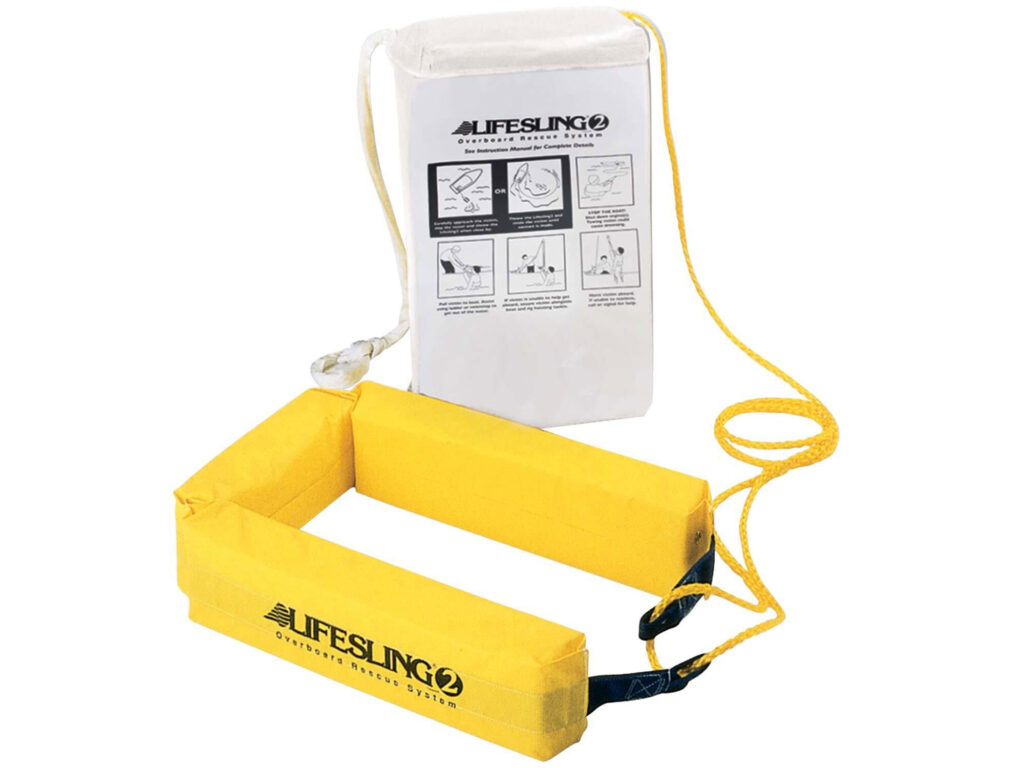
Rescue Sling
LifeSling2 Overboard Rescue System
The Basics: Rescue slings solve the most common issues with the standard throwable by combining a buoyant flotation collar with a 125- to 150-foot retrieving line. The combination allows the driver to circle around the victim and bring the line and buoyant flotation collar to them, rather than force a possibly tired crewmember, weighed down by clothing, to swim to safety.
Extra Credit: An exhausted crewmember can be difficult to get aboard. Combine with hoisting tackle to fashion a lifting sling with up to a 5-to-1 mechanical advantage to make it easier.
Price: $492; westmarine.com

